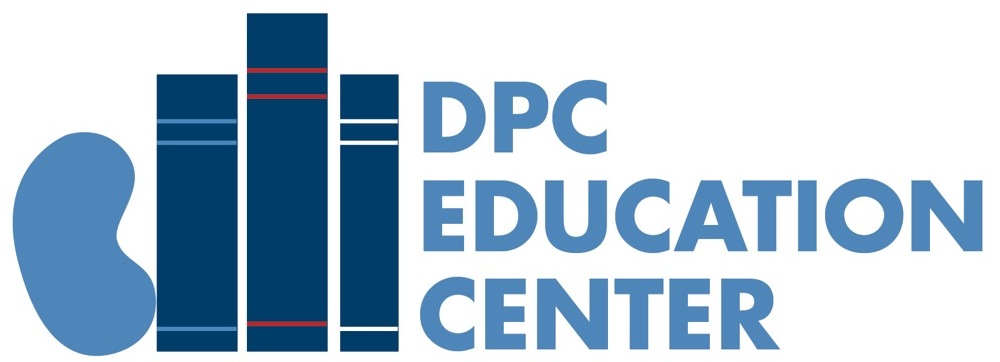Your kidneys are two roughly fist-sized organs that do a lot of work in your body. Their primary functions are to remove waste products and excess fluid, but they also help control several hormones important for bone development and blood pressure regulation. These tiny organs filter around 50 gallons of blood a day and remove approximately two quarts of waste products. If your kidneys start to fail, they can no longer keep up with your body’s demand. Eventually your kidney function decreases to the point that they can no longer sustain your body and your options are dialysis, transplant or palliative care (end of life management). Most kidney disease comes from complications associated with diabetes and hypertension. Losing kidney function though doesn’t only come about through a slow process and is a disease that impacts children too. Several genetic birth defects, injury, large blood loss, infection, urinary blockages and even some medications can cause your kidneys to fail rapidly. Amazingly, one healthy kidney can sustain your body and do most of the work of two.
A kidney transplant can be an option for you if your kidneys start to fail. Getting a transplant is not a cure for end-stage renal disease (ESRD), but a well matched and taken care of organ/graft should last many years.
>



